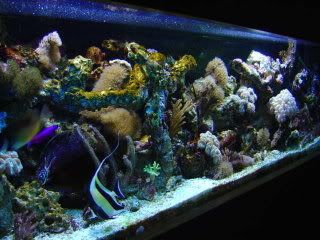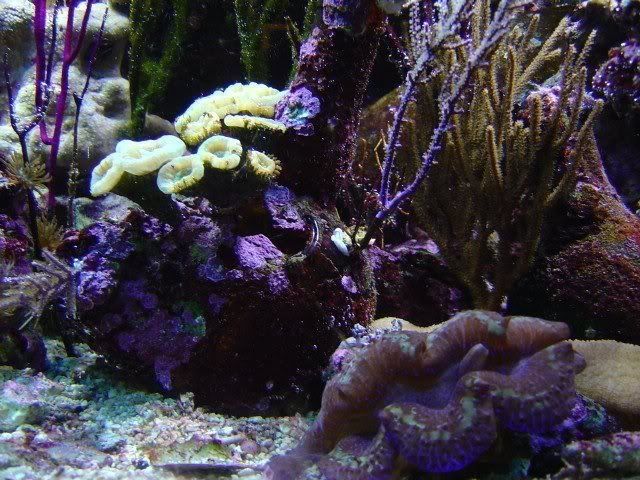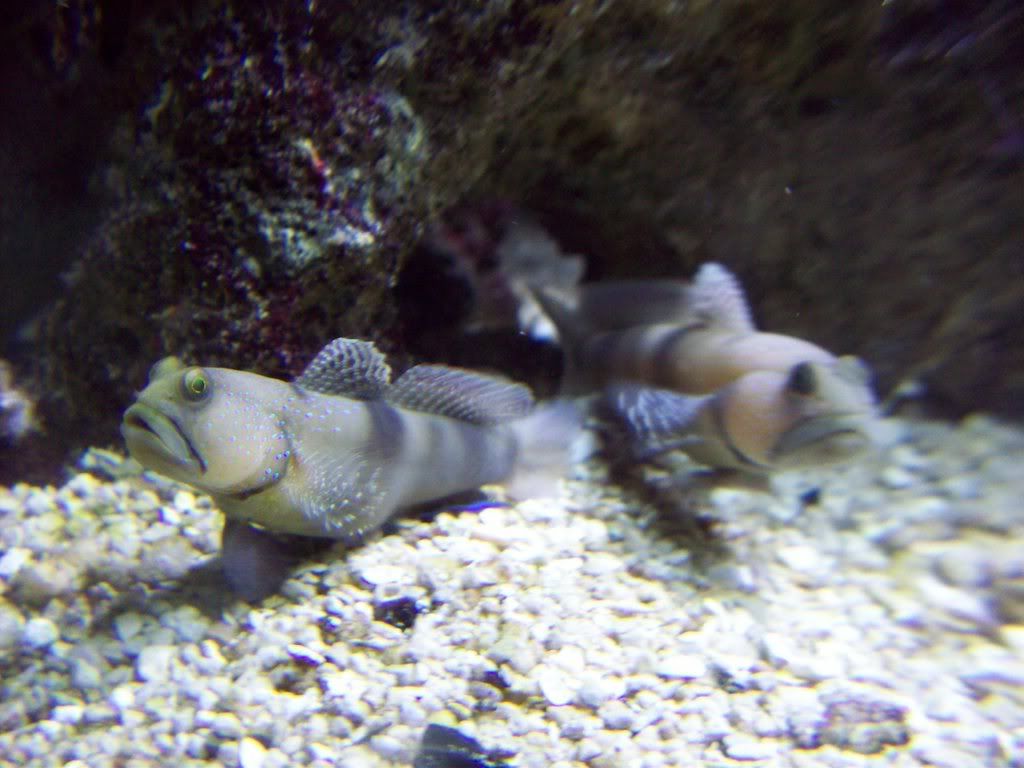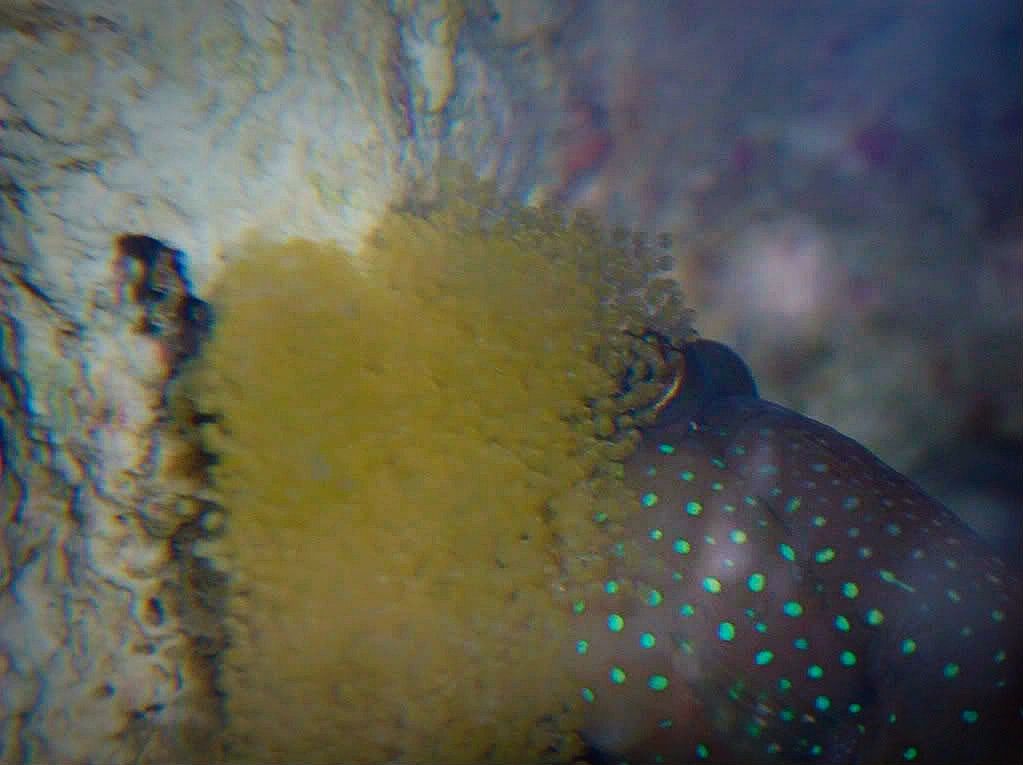-
Folks, if you've recently upgraded or renewed your annual club membership but it's still not active, please reach out to the BOD or a moderator. The PayPal system has a slight bug which it doesn't allow it to activate the account on it's own.
You are using an out of date browser. It may not display this or other websites correctly.
You should upgrade or use an alternative browser.
You should upgrade or use an alternative browser.
UG Filters
- Thread starter Paul B
- Start date
I know nothing of them other than the "myth" (we'll call it a myth for now) that you can't do it that way... maintenance blah blah work blah blah nitrates blah blah.
Enlighten us. What does it do? How does it work? Why is it maintenance intensive (or is it?)? What do you like about it?
Enlighten us. What does it do? How does it work? Why is it maintenance intensive (or is it?)? What do you like about it?
ok, i'll bite. for those who don't know, an under gravel filter is a connected system of "perforated tubes" that lie under the substrate, water is pumped through via a pump, (usually a power head) in passing through moves oxygenated water through the substrate. i think it could work with crushed coral for the substrate, but i think that the more commonly used finer sands that are utilized by most reefers would gum up the works so to speak. i think that the amount of gobbely gook that would get kicked up while removing it from the sand could wreak havoc on the tank, i tried to keep it brief. .... next....
blange3 said:You won't get any arguments from me!
I've used them reverse flow, standard flow and have pulled the pumps and called it a plenum.
Every tank worked!
he he he, as have I. I started out with my first 20 gallon long reef using an UG filter and some florida crushed coral.
Paul B
NJRC Member
(The Father of Salt Water Fish Keeping) advocated their use in salt water but he did not understand the principal which made them work. He used them as a mechanical filter. Saltwater fish could not be kept before the introduction of the UG filter. There were no DSBs or even live rock. There wasen't even dead rock, we used dead coral for decoration and we bleached it every few weeks.
Anyway the reason UG filters fell out of fashion in the late seventees is because in a saltwater tank they will clog in about a year and they were a nightmare to clean.
In the early days we just removed the few pieces of dead coral skeleton and stirred up the water, but when we started to use live rock and have real aquascapes we diden't want to remove everything to un clog the filter so we invented other means to purify the water like Berlin systems, jaubert systems, DSBs etc.
No one used UGs any more.
But if you ues a UG filter a different way it will last forever with almost no maintenance and will reduce nitrates almost like a newer DSB.
A DSB has a few problems in that you can't maintain it and in ten years or so it will become clogged to the point where no water will enter the lower portions. Also the "critters" it depends on to agitate the water will cease to re produce after a few years.
If you run a UG filter in reverse very slowly with a filter like a sponge on the intake, the thing will last forever. Mine has been running continousely for about 35 years. (I did use a DSB before that for a while until it crashed)
After the first 25 years I removed the UG filter plates to see what it looked like under there. It was dirty but not as bad as I would have suspected. I stirred the gravel, diatomed the water and replaced everything. Every few months I stir up the gravel where I could reach and suck out the detritus with a diatom filter which is like a canister filter only better.
I just had my parameters checked by a commercial lab and after almost 40 years in an over stocked tank, my nitrates are about 3. I have over 30 fish in a 100 gallon tank, many are spawning so I overfeed. The tank has never crashed with this system and I don't need to quarantine due to the health of the inhabitants.
I am not pushing this system, I am just trying to educate people who do not know what a proper UG system is for salt water.
Have a great day.
Paul
Paul, I've seen (and drooled over) pictures of your tank and fish. It's living proof that UG filters indeed do the job. Could you please post some pictures here for us?
I personally have used UG filters for all my freshwater tanks, and back in the late 80s, when I set up my first saltwater tank in Oklahoma, I used one as well. Never had a problem.
I personally have used UG filters for all my freshwater tanks, and back in the late 80s, when I set up my first saltwater tank in Oklahoma, I used one as well. Never had a problem.
Paul B
NJRC Member
Wendy, thanks
Here is my tank about 5 years ago. It was full of corals. Then about three years ago I had an acident. Now there are much less corals. My town added a large dose of zinc orthophosphate to the water supply and for some reason enough of it got through to kill most of the corals in an hour. Even the large LFS around the corner lost all of their corals. I lost some ten year old bubble corals and an older clam. The fish were fine.

Here is my tank about 5 years ago. It was full of corals. Then about three years ago I had an acident. Now there are much less corals. My town added a large dose of zinc orthophosphate to the water supply and for some reason enough of it got through to kill most of the corals in an hour. Even the large LFS around the corner lost all of their corals. I lost some ten year old bubble corals and an older clam. The fish were fine.

Paul B
NJRC Member
The tank now has a nice bunch of corals but it has taken a different direction. I am not more interested in breeding gobies. I have about 20 different gobies, some kind of unusual a few pairs of which are spawning as are a pair of Bangai cardinals and bluestripped pipefish
This is the clam I lost with the zinc, I got it as a baby.

This is the clam I lost with the zinc, I got it as a baby.

Paul B
NJRC Member
That dolomite gravel has been in the tank over 40 years. It has never been replaced and has only been cleaned by stirring up twice. The UG plates were lifter after 25 years because I was curious as to what it looked like under there.
In some of the pictures you can see what looks like cyano on the rocks, it is not cyano but a very short red algae that covers everything in the Long Island Sound. I use some Sound water and rocks so it sometimes grows in my tank. I feel it looks more natural, the fish eat it and it does not cover the corals or coraline.
Many times early in the morning I can see a spawning of some type. Either crabs, shrimps, worms or fish. I don't raise them anymore, I am just happy they are spawning. If your fish are not spawning, they are not healthy, fish do two things, eat and lay eggs.
I feel and only IMO the RUGF along with some real mud with associated bacteria, and some NSW contribute to the 39 year lifespan of this tank.
There is very little maintenance, less than an hour a month and I change 20% of the water five or six times a year with no set schedule. I do use a homemade skimmer with ozone and a homamade algae trough which has only been in there about five years.
In some of the pictures you can see what looks like cyano on the rocks, it is not cyano but a very short red algae that covers everything in the Long Island Sound. I use some Sound water and rocks so it sometimes grows in my tank. I feel it looks more natural, the fish eat it and it does not cover the corals or coraline.
Many times early in the morning I can see a spawning of some type. Either crabs, shrimps, worms or fish. I don't raise them anymore, I am just happy they are spawning. If your fish are not spawning, they are not healthy, fish do two things, eat and lay eggs.
I feel and only IMO the RUGF along with some real mud with associated bacteria, and some NSW contribute to the 39 year lifespan of this tank.
There is very little maintenance, less than an hour a month and I change 20% of the water five or six times a year with no set schedule. I do use a homemade skimmer with ozone and a homamade algae trough which has only been in there about five years.
(Paul, I believe you can edit a post only a short period after posting it, but that's merely guesswork on my part. I know I've been able to modify my posts minutes after posting, when I realized I had made some typos.)
Thank you so much for all the pictures and the stories. You are a true inspiration. I've read about your feeding techniques, and that only very healthy and happy fish will spawn in captivity. Would it be too much to ask of you to share your feeding techniques with the rest of us (I'm sure not everyone's read your threads on RC).
Thanks again.
Thank you so much for all the pictures and the stories. You are a true inspiration. I've read about your feeding techniques, and that only very healthy and happy fish will spawn in captivity. Would it be too much to ask of you to share your feeding techniques with the rest of us (I'm sure not everyone's read your threads on RC).
Thanks again.
i am very glad to see that the bumblebee gobies can bee acclimated to salt water. they were a fav of mine in my freshie days, and i've considered trying to acclimate them the other way. i'll give it a go next time i see them in the lfs








